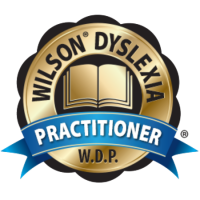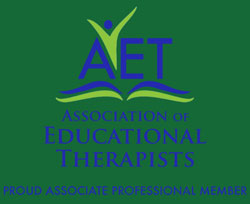What Do Integration Exercises Have to Do With Learning?

Dear Families,
It is hard to believe that we are in July already. I hope that you are enjoying the summer and have given yourselves some “R&R time”.
On that note, I thought we could share activities that you may want to try with your learner over the summer.
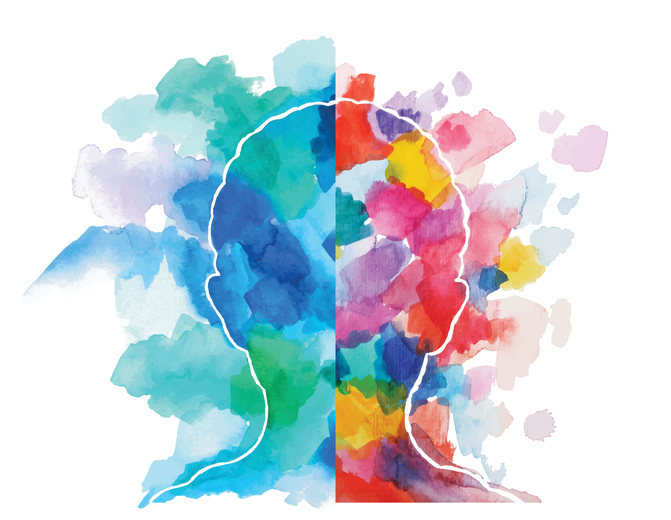
But before sharing, I would like to give some background information about why these activities are important. To begin, did you know that we have an imaginary line that goes down the middle of our bodies? What is even more amazing is that when you cross that midline, both sides of the body are working together.
Crossing midline requires the integration of many skills working together simultaneously such as: body awareness, hand-eye coordination, balance, and the most important is communication between the left and right sides of the brain.
For many of us, crossing midline came naturally and so did reading and writing. But for some, it is more difficult and causes delays in development that affects:
- Attention
- Language Development
- Processing Speed
- Visual Tracking
- Visual Scanning in all Directions
- Symbol Identification (connecting sounds to letters and quantity to numerals)
- Letter Formation
- Reading (decoding, comprehending)
- Cutting
- Using Utensils
- Balancing
- Coordination
- Catching/Throwing
Fortunately, there are things that can be done to improve the ability to cross the body’s midline such as:
- Bilateral Integration exercises to promote using both sides of the body at the same time.
- Daily activities to encourage crossing the midline such as: reaching to the opposite side of the body to pick up an object.
- Balancing and movement exercises that promote building core stability.
Below are some ideas that you may want to try with your learner…

Director
Bilateral Activities

By establishing “BILATERAL INTEGRATION” you are ensuring that both sides of the brain are working together which is important for successful lifelong learning.
Pull a rope:

Pulling hand over hand is a great activity to work on bilateral coordination. Maybe you have a park close by that has a ramp with a rope for your child to pull up on.
If not, there are plenty of playful activities to engage your child in rope pulling activities.
Have your child sit on a chair or on the floor (to make sure your child is using arm movements rather than tugging with the whole body) and pull a rope hand-over-hand.
To make this activity more exciting you could tie your child’s favorite toy to the other end of the rope. You could also use a box or little basket and tie a rope on both sides, put little letters inside and send each other messages or play a “Go Fish” game.
Bursting bubbles:

Who doesn’t love playing with bubbles? Why not make a brain supporting activity out of it?
Make plenty of bubbles for your children and encourage them to clap both hands together to pop them. This does not only help your child with bilateral integration but also supports hand-eye coordination.
Make this a fun activity for the whole family and take turns making and bursting bubbles.
Make your own suspended ball:
There are plenty of fun activities you can do with a ball. Wouldn’t it be nice if the ball was hanging from the ceiling and nobody had to chase after it or pick it up? No problem, make your own suspended ball!
Put a tennis ball in a veggie net bag and tie it to a piece of rope. The rope needs to be long enough to get the ball level with your child’s chest. You can also use a larger plastic ball for younger children. Suspend the ball from any horizontal pole or from a hook in the ceiling.
Now let your child carefully push out the ball and catch it again with two hands as it swings back. Vary this activity by letting your child tap the ball with one hand at a time, switching continuously between left and right.
You can make a game out of it, tapping the ball between each other. The person who taps the ball has to name an animal, a car brand, or something you would find at a grocery store.
Bilateral Activities to Build Core Stability
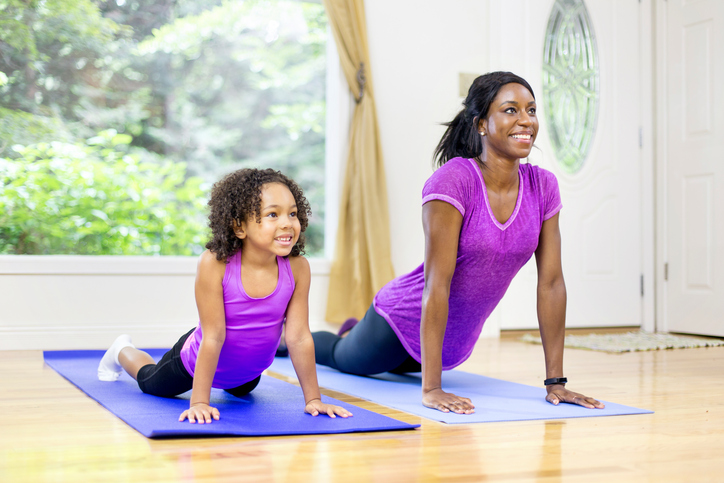
Core strength is the glue that helps balance and coordination work together.
Angels in the Snow:
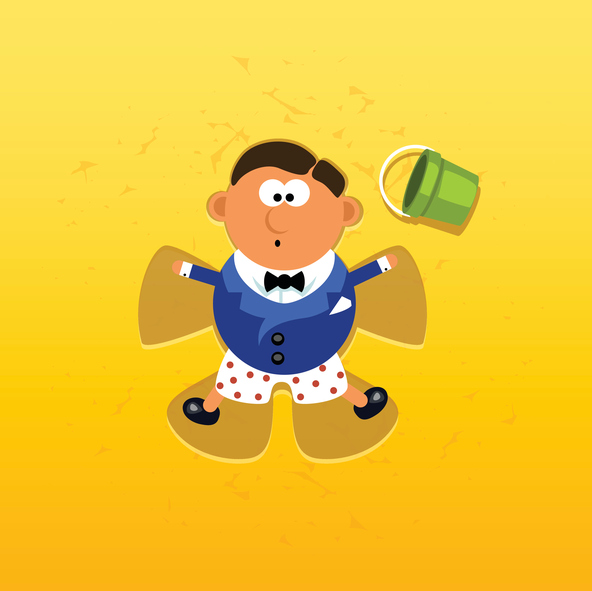
Or as an alternative for the summer “Angels in the Sand”.
Have your child lie on his back. Move each arm and leg separately on command. Keep the arms and legs straight and in contact with the floor. Repeat on stomach.
Start with your arms down by your side and bring both arms over your head at the same time as if you are doing a jumping jack. Repeat on stomach. Do the same with both legs.
Drop out and bring back the right arm and the right leg simultaneously. Repeat on stomach. Do the same with the left arm and left leg.
Drop out and bring back the right arm and left leg simultaneously. Repeat on stomach. Do the same with the left arm and right leg.
Helicopter Game:
Have your child stand with feet wide apart, knees slightly bent and arms stretched out straight. Rotate upper body (from the hips) to the left and then to the right, back and forth. Increase the speed gradually. Your child’s head and eyes should move with the trunk of the body, side to side.
Walking on hands and feet:
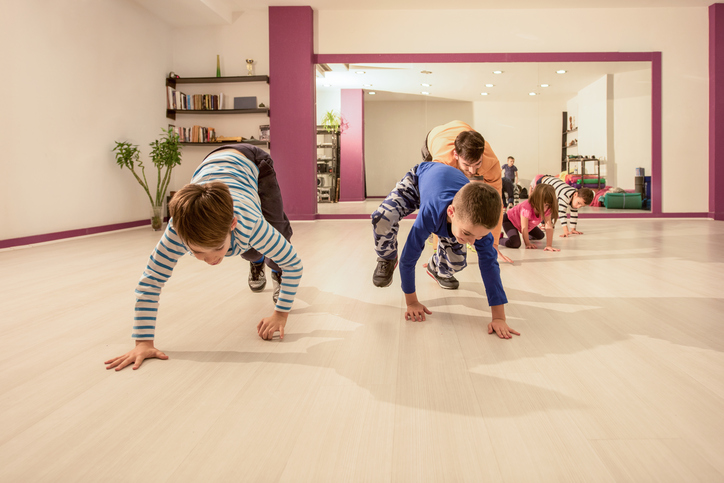
Let your child walk on hands and feet, with feet slightly bent. The hands “walk” first, then it’s the feet’s turn.
To make this activity more fun, set up an obstacle course to pass through or play hide and seek on hands and feet.
Balancing Exercises

By establishing good balance, you are ensuring strong “VESTIBULAR INTEGRATION”. This frees up the part of the brain that is working on orientation in space (a.k.a. balance) to doing higher level cognitive skills such as: expressive language, reading, writing and much more…
Walking on a line:
A simple way of practicing balancing is to let your child walk on a line. Just put a rope on the floor or stick a length of duct tape to the floor and let your child walk on it. The child should carefully place one foot in front of the other. Once they are comfortable with this task, let them walk backwards. Let your child walk with closed eyes or lift up one leg for three seconds to add an extra challenge.
Let your child focus on a target in front of them (mounted at child’s eye level) to practice balancing and focusing skills at the same time. Take turns and time each other to see who can look at the target for a longer period of time.
Balance Board:
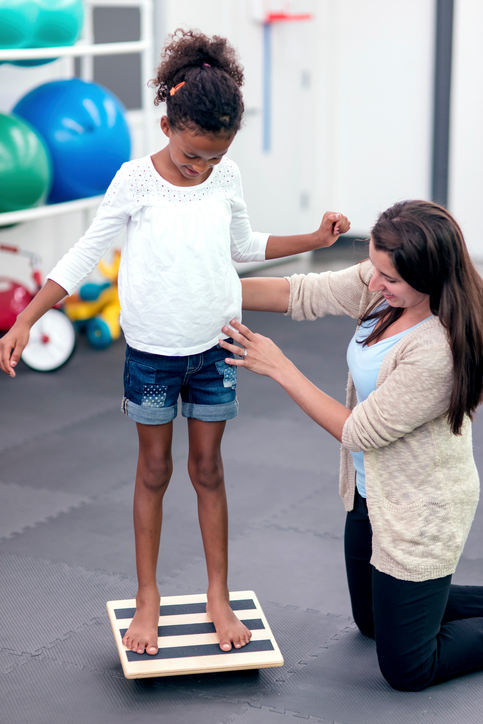
There are endless possibilities to improve balance by using a balance board.
You can buy a balance board online (starting at $ 15) or make your own. Use an old skateboard, take off the wheels, and put it on a pool noodle, or bolt a piece of PVC pipe to the middle of the underside of the skateboard deck (Click here for instructions).
To get more inspiration on DIY balance boards click here.
Once your child is balancing on the balance board the fun can begin. Time how long you can sit, stand or kneel on it without touching the floor, rock from side to side or backwards and forwards, play toss and catch, throw a bean bag in a bucket, have them slide beads along a string while balancing, or play clapping games together while your child stands on the balance board.
Balancing a bean bag, pillow, or book on your head:

Give your child a bean bag or little pillow and have them keep it balanced while walking in a variety of ways. Have your child walk around or dance to music or increase the challenge by placing a book on your child’s head.
Crossing the Midline

By “CROSSING THE MIDLINE” you are actively creating pathways and making them stronger between the left and right side of the brain which is critical for learning and language development.
Lazy 8:
Have your child stretch out his arm while supporting it with other the hand. Starting in the midline of the body, your child traces an eight on its side (infinity symbol) in the air. Move from the midline up to the left and around (as if writing the letter c), cross the middle and up to the right in one continuous movement. Let your child follow his movement with his eyes and have him move his body as little as possible. Change hands and repeat.
Cross Crawl:
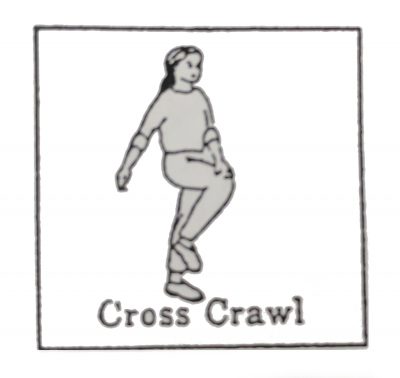
Lift up your knee and touch it with the opposite hand; alternate moving one arm and the opposite leg.
It is important that the hand/arm reaches over to the knee, forcing your child to cross his midline.
Arm Cross Crawls:
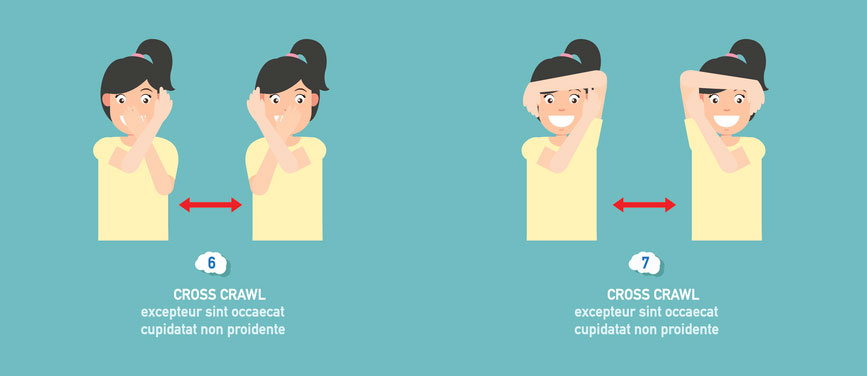
Have your child touch his right ear with the left hand while pinching his nose with the right hand. Repeat with the other hand.
Let your child reach over his head to touch the right ear with the left hand while the right hand touches the left ear. Repeat with the other hand.


